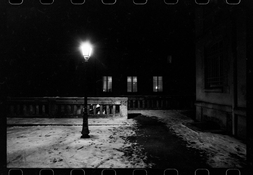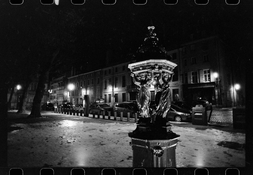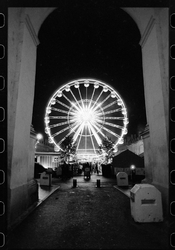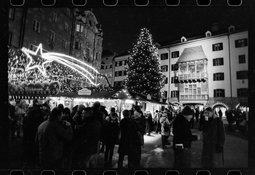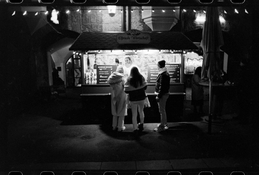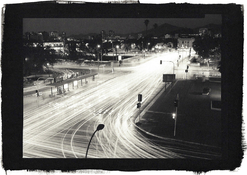Weather and snow conditons (including brightness) are not themselves reasonable. They're gonna do what they do. There can be falling snow with soft light which even a very limited range film like Pan F can handle; and then ten minutes later the sun comes out, and even an extreme range film like TMY or old Super XX has to be exposed very carefully to keep the highlight detail from shouldering off. Glaciers impose even trickier conditions in bright sun, especially if there are dark rocks in the same scene you want to retain shadow texture in. This is my wheelhouse.
This is the kind of scenario where TTL or automated in-camera metering can be awfully misleading unless one if quite familiar with both their specific film and specific meter. Yeah, I've accidentally dunked my meter in a stream, yet still walked away with not only perfect TMax exposures, but even chrome 4X5's. But that's based on many years of experience in actual metering of analogous conditions.
And believe me, I also learned to seek out lighting favorable to chromes, which allow no more wiggle room than Pan F does with its pronounced S-curve.
So I'm sorry I can't offer much help to those who want to follow the old Box Brownie adage, "Just press the shutter, and we do the rest". A real light meter is one of the best investments an outdoor photographer can ever make. They were invented for a reason.
Otherwise, the individual in question should bracket experiment with his film and meter under VARIOUS representative snow conditions he is likely to encounter, and not just an allegedly generic average example. Even the best paid weatherman on TV can't promise you that kind of thing.





